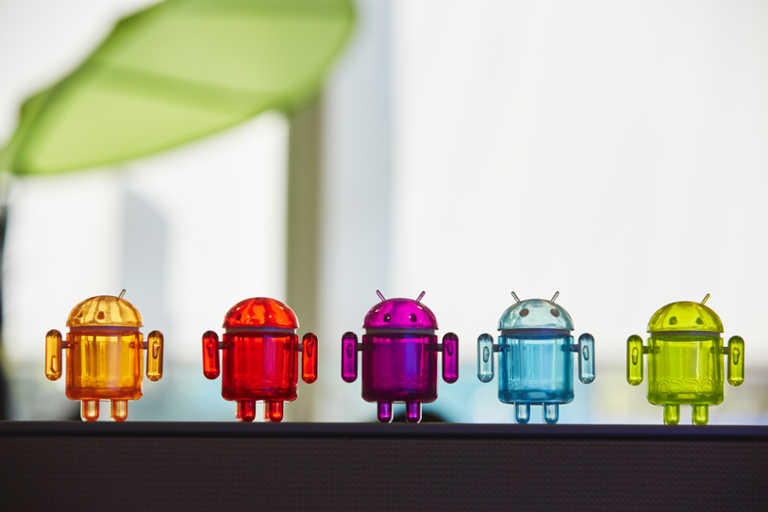At this week’s I/O conference in Mountain View, CA, Google revealed more about Android P, the next version of its popular mobile operating system. Some of P’s new features should give mobile developers pause. For starters, Android P is a sweeping update, designed first and foremost to bake Google’s recent artificial intelligence (A.I.) work into its UX. Once the update rolls out this fall, longtime Android users will have to adapt to new gesture controls, with visible navigation buttons de-emphasized in favor of swiping through screens (swiping up will take users to the app menu, swiping to the right will let users scroll through recent apps, and so on). There’s also an emphasis on Android search as a productivity tool of sorts; more on that below. If you’re an app developer with an interest in Android, here are some important things to note:
Slices and Actions
With Android P, Google is “spreading around” a lot of functionality. Whereas smartphone users are generally used to interacting in a very centralized way with apps (i.e., you tap on an app, it opens, and you do whatever you need to do in the app), Android P has “Actions” and “Slices.” With “Slices,” if you search for an app, the search results may pop up some functionality related to it without you needing to actually open the app. Google’s most prominent example: searching for “Lyft” will surface the ability to order a car within the search-results flow. With “Actions,” Android P attempts to predict when you’ll need a certain kind of app functionality, and surface it at exactly the right moment. If you plug in headphones, it might pop open a music app without you needing to tap anything, for example. For developers, that means integrating app frameworks that will activate Actions and Slices when requested. It’ll take extra work, but the engagement benefits could well be worth it.
Time Limits and Notification Adjustments
For many developers, two new Android P features may radically change their strategies: app time limits and notification adjustments. App time limits will show how long, cumulatively, a user has spent in an app, and allow users to limit how much time they can actually spend in that app. Do you spend hours on Facebook, but really want to stop? Android will let you restrict your daily usage to 30 minutes, if you choose that option. Google has also built in a stronger Do Not Disturb feature into its notifications system. There’s a more powerful mute button that will restrict notifications from both work and personal apps; in addition, flipping the phone over will activate its Do Not Disturb mode. For developers, that sends a pretty strong message: moderate how often you use notifications, or Android P will give users the tools to do it for you. In a similar vein, app time limits could have the unhappy side effect (for developers and companies, at least) of curbing user engagement, especially for popular apps designed to drain users’ time.
Think About the Future
It’s not hyperbole to say that Android P represents the biggest change in the operating system’s user-facing experience in quite some time. Such a massive shift creates opportunity for developers, especially when you
consider how Android apps are becoming more profitable. But that being said, some of Android P’s new features will force developers to take some care when building their apps (and if you're interested in A.I. on Android,
check out Google's ML Kit, a framework for machine learning).


